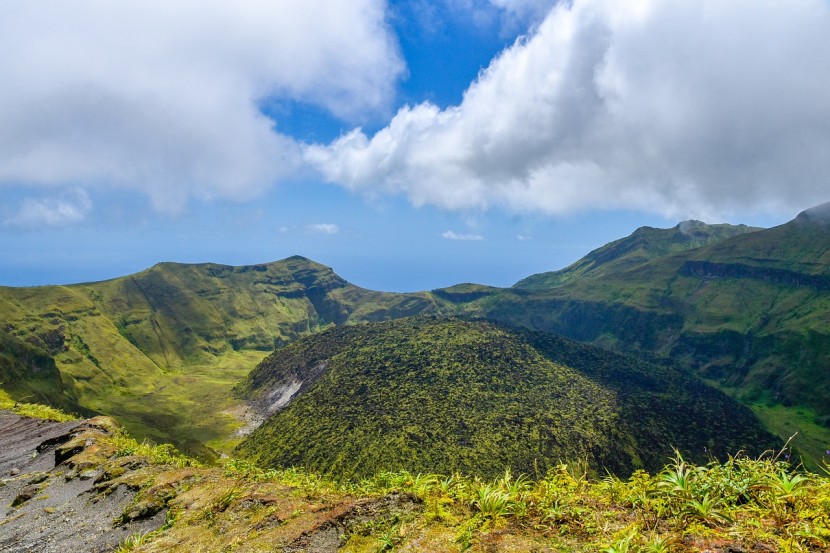
The La Soufrière volcano on the Caribbean island of St. Vincent flared up for a second time Friday, according to the nation's National Emergency Management Organization (NEMO). The second explosive emission was smaller than the initial one, which transpired earlier on the same day.
La Soufrière Volcano's 2nd Eruption
The St. Vincent volcano on Friday erupted for the first time in 42 years. It sent over a two-mile-high cloud of ash billowing above the Caribbean island mere hours after nearby communities were ordered to evacuate. According to officials, low visibility caused by volcanic debris was hindering the effort to transport numerous residents to safety.
Since December last year, an unusual and gloopy mass of lava had been emanating from the top of La Soufrière. This eruption posed no real threat to the around 110,000 citizens living on the island. However, events took a turn for the worse at the end of March. The volcano started shaking in a way that suggested a semblance of violence was coming, reported The National Geographic.
The second strong emission transpired on the afternoon of April 9, around 2:45 P.M. This is reportedly similar in size to the one that happened in the morning.
Volcanic Ash Advisory Center Washington recorded an explosion reaching 20,000-ft (7 km) altitude and moving SE. Photos taken from the island confirmed that a tall ash column was rising at least 4-km, as stated by estimates from the volcano observatory, reported Volcano Discovery.
The NEMO confirmed on Twitter that the volcano, standing at 4,049-foot, had erupted on Friday. It cautioned residents to flee the surrounding areas.
Mount Etna Spews Ash Cloud Unto the Sky After Eruptions
Photos posted on social media displayed towering plumes of volcanic and gas matter billowing into the sky, hovering over the volcano. Heavy ashfall was reported in the nearby areas, reported The Guardian.
Numerous flights were canceled. Islands including St. Lucia, Barbados, and Grenada geared up for light ashfall as the volcano continued to rumble.
According to Erouscilla Joseph, director of the University of the West Indies Seismic Center, more explosions could transpire. He added it was impossible to predict whether they could be larger or smaller than the initial or second one.
The second eruption occurred six hours following the explosion earlier in the day. This shot a plume of ash over 6 miles into the sky raining down on the island in the eastern Caribbean.
Witnesses reported a third eruption shortly after. However, the center stated it was just ongoing pulses from the second eruption.
According to Dora James, director-general of St. Vincent and the Grenadines Red Cross, there have been no reports of property damage or injuries so far. She added scientists and several residents did not evacuate and remained in the area.
Satellite photographs posted on social media displayed a thick column rising from the volcano. It began exploding at 8:41 A.M. Plumes of smoke, and brown ash drifted higher as they moved northeast. Plumes reached at least 38,500 feet into the atmosphere. This is near the altitude at which numerous commercial aircraft fly.
Seafloor Sensors Detect Eruption of Underwater Volcano








